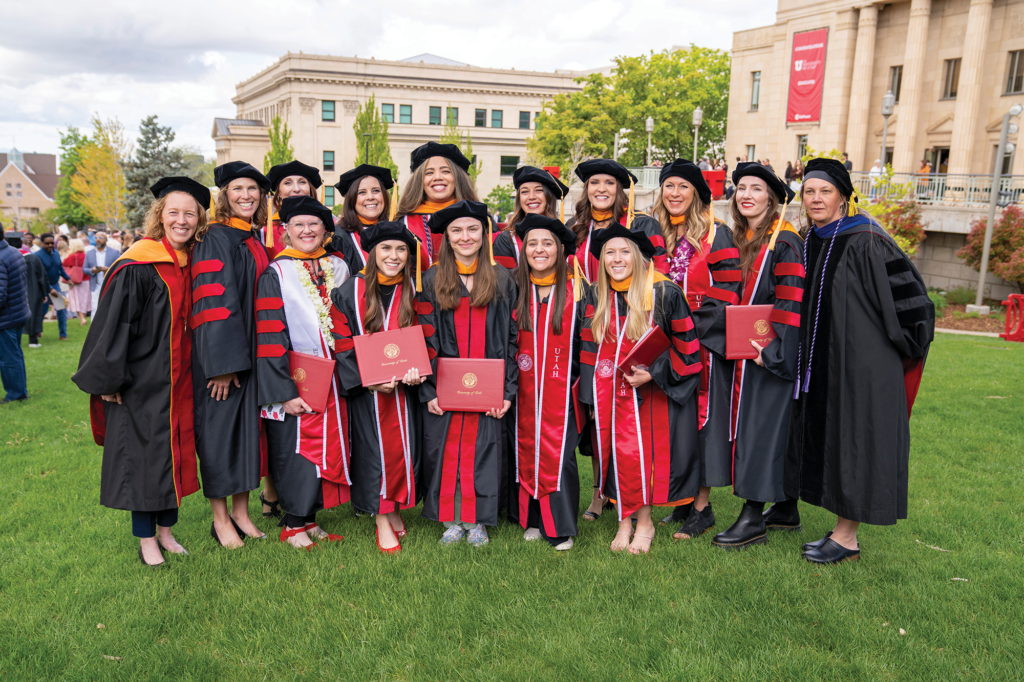
Paul Fisk MS’09 PhD’18 knows what it’s like to enter the swirling waters of becoming a transfer student. Every day, he helps new students embark on their journey at the U with community college credits in hand and a plan to graduate quickly. As a transfer program manager in the Office of Transfer Student Success, his job is to make sure their transition is smooth, and that every credit counts.
“It’s an often confusing and complicated process,” Fisk says.
Until this summer, Fisk worked largely siloed from other advisors. Now, with a unified process that connects advisors and success coaches, he can see where students may fall through the cracks so he can intervene. This shift is one of several initiatives under the new Navigate U project, based on recommendations from the National Institute for Student Success (NISS). These initiatives aim to tackle barriers that can delay graduation and help the U achieve its Strategy 2030 goals, including raising the six-year graduation rate from 64 percent to 80 percent.
For Fisk, the changes are already showing results. “This is much faster to identify how to help students,” he says. “Catching problems early can mean the difference between switching a class in time or having them complete an entire semester.”
The goal of Navigate U is to build on existing student support efforts, identify obstacles to success, and create solutions to help students graduate on time. “We do not accept the status quo as good enough,” says Vice Provost Chase Hagood. “Navigate U means we can do more of this work together.”
NISS identified four key actions to close gaps at the U: standardizing advising, aligning student communications, using better data to inform decisions, and creating clear pathways for first-year students. Work on these recommendations has begun, including launching Navigate Hubs for integrated student services in key colleges, addressing high-failure classes, and aligning academic advising. Leadership groups across campus are also focused on creating pathways for students to graduate in four years and developing interventions for those who delay enrollment.
“With all of that information, and the knowledge of where our students are and how to empower them, we are getting ready to knock it out of the park,” remarks Hagood.



Comments
Comments are moderated, so there may be a slight delay. Those that are off-topic or deemed inappropriate may not be posted. Your email address will not be published. Required fields are marked with an asterisk (*).